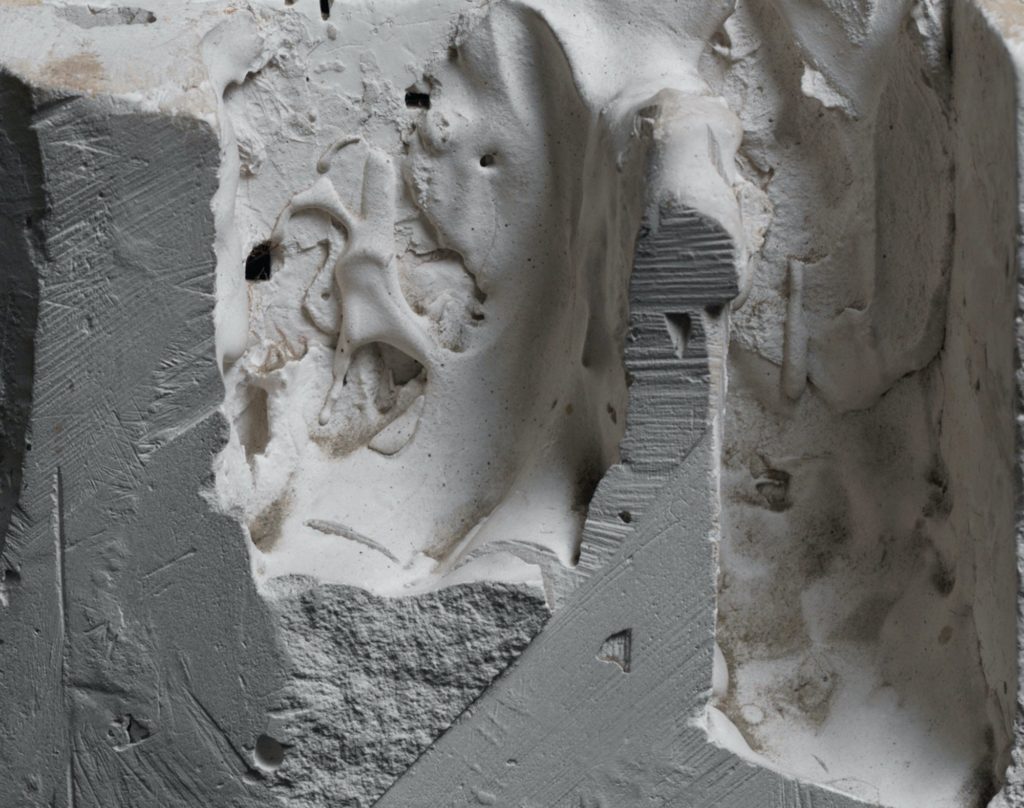Ronchamp: ‘Rough to the Touch’

The architect turned artist takes possession of the building by restoring manual control; he lays hands on it; perhaps he lets others leave their mark too: the workmen, for instance. Le Corbusier’s unconcern with exactitude in his later buildings is legendary. One of the first things that occurred to him when he saw the steep path up to the bombed chapel was that the new Ronchamp would have to be built with a minimum of mechanical plant because access was so difficult. When it was finished he went out of his way to praise the gang of builders and their foreman, Bona. The chapel is rough to the touch, reminiscent of primitive constructions, and full of the handiwork of artists and artisans. The whole thing gives the impression of having been crafted. Its most commonly applied adjective is ‘sculptural,’ and it is often explained as a natural development of Le Corbusier’s own sculptural activity, carried out in collaboration with Joseph Savina, which began in 1944.
According to the story of its creation, the laying on of hands endowed Ronchamp with form in the very beginning, then furnished it with textures, colours, and images toward the end. In between, where development is normally most intense, there was, instead, determination to resist modification of the original idea, which had been ‘born in the mind’ but which achieved immediate physical definition with the charcoal wielded by the sketching Master. In other words, it is at once a pure creation of the mind and a pure creation of the hand. Le Corbusier always insisted that his architecture was at the scale of man; if so, then Ronchamp is a giant magnification of his own handiwork made by many other hands. He once referred to it as a vase. [1]

Notes
1. The plaster fragment of the south wall, now in the Drawing Matter collection, is possibly part of the model shown to the archbishop of Besançon in November 1950. André Maisonnier, a student of Le Corbusier who worked in his atelier, has recorded that the Ronchamp models were made-up from sketches supplied by Le Corbusier. The November 1950 model was carefully cast in moulds, a departure from earlier, smaller versions that Maisonnier had modelled by hand. (see Evans, ‘Comic Lines,’ 302.)
